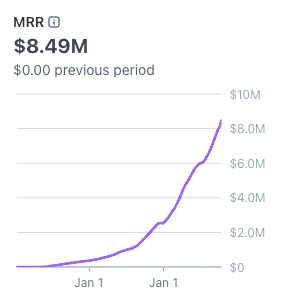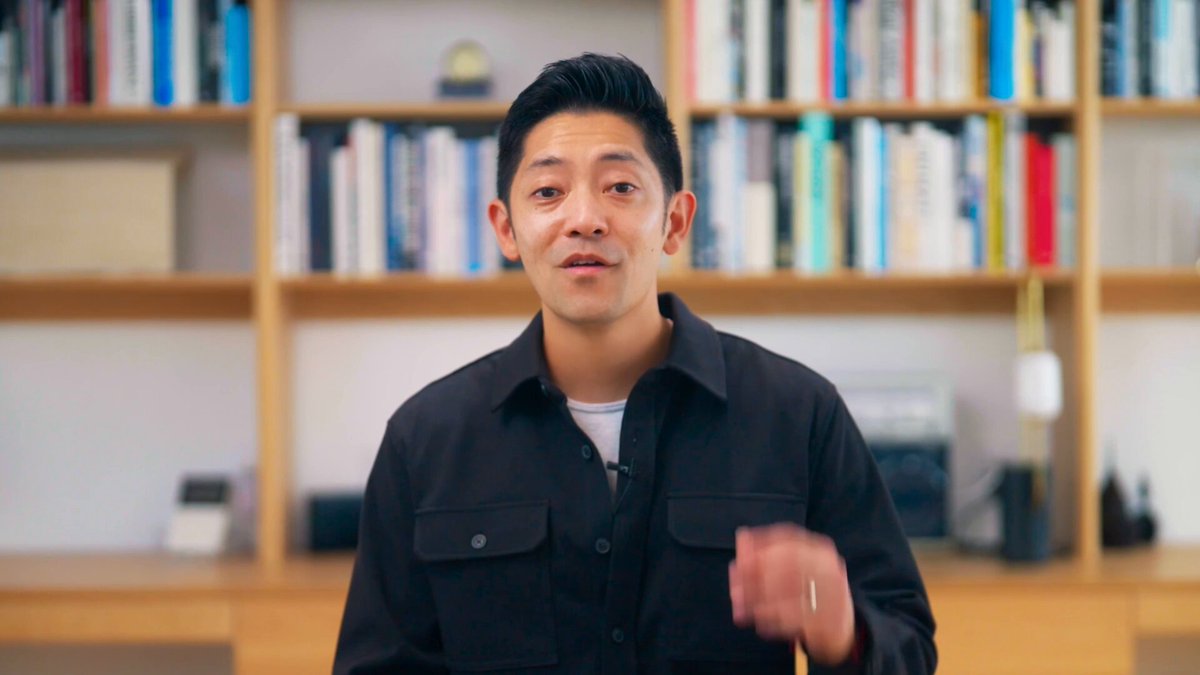Tech Twitter
We doomscroll, you upskill.
Finding signal on X is harder than ever. We curate high-value insights on AI, Startups, and Product so you can focus on what matters.

Page 1 • Showing 2 tweets
We grew from zero to $100M ARR and 70M users in <2.5 years, profitably it cost us millions in experiments to learn what worked 1100-word post on every growth hack that got us here I'll cover: 1. How to launch a feature in one day 2. How to find top 0.01% talent and keep them 3. What to focus on (and what not to) 4. Influencer marketing 5. You can't wish culture into existence 0. The thing that matters the most 1. How to launch a feature in one day Our feedback loop: 10am: we come up with a new idea, or triggered by user insight. 12pm: designers code a prototype using Cursor. 4pm: we find new users to record themselves testing the feature (Voice Panel, UserTesting). 6pm: we watch the recording. 8pm: we know if the feature can be launched, if it needs refining, rebuilding, or if we should just drop it. This is a way for you to actually watch and hear from your customers as they struggle through your product. You can hear in their voice where they're confused. Sometimes you think you came up with a cool prototype. But as soon as users test it, they get stuck or have no idea how to use it. It's very helpful to have them explain how they're trying to use this feature. When you see them confused, double click there. If they light up, you know you've hit gold. That's how we often ship a feature per week. And not any feature; a feature with good odds of being well received. In a month, we might improve our product in ways that would otherwise take a year. Speed compounds. 2. How to find and keep talent Finding Talent - The best hires came from our network and cold inbound. Someone once sent me a great message on LinkedIn, out of nowhere. We got on a call. 3 weeks later, he was hired full-time on-site. - When someone joins, ask them “Who’s the best engineer you’ve ever worked with,” and reach out right away. - Only open a role after you’ve felt the pain of doing it yourself so that you know what 'Great' looks like. (I ran marketing solo for nearly a year before hiring). - Look for depth. In interviews, ask, “What’s a new skill you’ve learned recently? Can you teach it to me?” Keep asking 'why' and see how far they go. The best candidates go deep. Keeping Talent - A players want playing time. Hiring others takes time in the field away from them. Careful. - Retention takes care of itself when you keep the bar high for hiring. - We'll do regular tender offers so employees' vested shares actually get them liquidity from time to time. - Give them ownership. Our hires are more 'full stack'. Designers can code in Cursor, engineers talk to users, marketers have design literacy. This way, they can own more of what they do and compensation can be proportional to the value they create. 3. What to focus on (and what not to) In March 2023, we rebuilt Gamma to focus on one thing: users must feel the magic in the first 30 seconds. We reworked everything in the process and became AI native. In the 2.5 years before this, Gamma went from 0 to 60k users. In the 2.5 years after this, Gamma went from 60k to 70M users. What changed? What we focused on. As we scaled, the temptation was to go wider - add more things. But we went deeper - make the current thing easier, faster, more delightful. Every new feature, hire or campaign had to be tied directly to user value. Gamma 3.0 does exactly what Gamma 2.0 did, just 10x better. The most common error of a smart engineer is to work on something that should not exist - Elon Musk 4. Influencer Marketing This is a strong amplifier for word of mouth. Anytime we scaled up an influencer program, we saw a disproportional increase in people that came through word of mouth. And when we invested less, we saw a deceleration. What you need to know: - 10% of your content will generate 90% of reach. When something works, figure out why and replicate it 100 times. - Give it 6+ months, select multiple creators, and be willing to spend $10-$20k/mo. It'll not work until it does. When it does, it'll explode. How to get it right: - List creator personas with relevant audiences. Use freelancers/agencies for outreach. - Pay base + viral bonus. What you reward will happen more often. - On TikTok, use new accounts. Same chance of virality as old ones but without previous audience, so you can test. - Test all platforms (TikTok, IG, X, LinkedIn), track specific creators/hooks that work. Triple down on those. - Add "How did you hear about us" to onboarding. Measure leads, not views. - Document 20-30 winning formats, then hire top creators to train others on these. - Never write scripts, creators know their audience better than you do. The formula: Go broad -> See what works -> Scale it. Virality isn't luck. It's discovering the hooks/formats that resonate with your audience and exploiting them. 5. Culture People got this concept backwards. They think, 'I'll write down some principles and tell everyone they need to follow them.' But you can't wish culture into existence. It's not what you hope it was. It's what you do. Culture is a habit. A moving average of the past 60 days. It's not steady. Behavior molds it. One day I looked around, identified the traits I admired in our teammates and wrote them down. Then I realized, 'That's our culture'. Now we had to nurture it. We have an internal Slack channel where people give praise to teammates for a specific thing they did. I note these things and try to reinforce them. Don't just let anyone into your ecosystem. They always change it in some way. Hire up. 0. Have a word of mouth worthy product Are users bragging about having found your product? Are they sending it over to friends and people they work with? Do they feel relieved when they open your app? Until then, stick in a room with your team and get it right. Nothing of what I said above will save you if you don't get to this stage. It doesn't matter if it takes 6-12 months. Digital products can go from $0 to $1bn in a few years if you solve a worthy problem. If you try to speedrun through this step, you'll always be behind. 10 years will have passed and you'll be stuck at the same place. Closing up, these are the main things that helped us grow Gamma. Hope you find our playbook useful.

Today, as shared by The New York Times, we’re announcing two things: >Our Series B at a $2.1B valuation led by @sarahdingwang at @a16z . >Reaching $100M ARR, profitably, with a team of just 50 people. That's $2M ARR per employee. PowerPoint was invented before the first website, before the Game Boy, before the Berlin Wall fell. But Gamma, and our 70 million users, are proof that an AI-native company can disrupt a category everyone assumed was won. 30 million gammas are created every single month, as we fight hard to become a new standard for communication. But we’re not stopping. We’re expanding our plans for businesses. We’re building out a full visual storytelling platform. And today, we’re releasing our API to the general public. So you can plug Gamma into wherever work happens. And to celebrate, we’re also sharing our first ever prompt guide backed by research into how our most successful users use Gamma to automate presentations, websites, and content in minutes.

